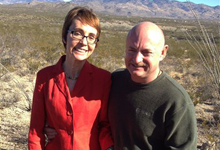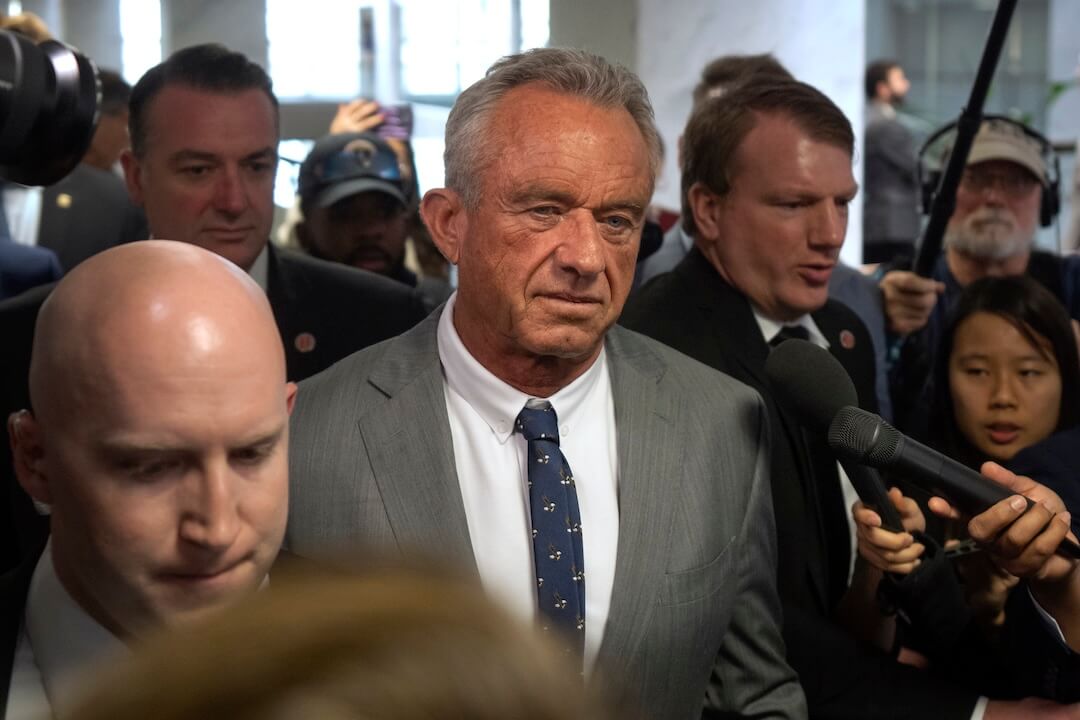A year ago today I was sitting on my couch watching TV and casting a casual eye to TweetDeck. I don’t remember how I learned that something tragic was unfolding in Arizona. I do remember people retweeting the NPR report that Congresswoman Gabrielle Giffords had died. From there, I watched conflicting reports flow past as journalists and others worked to sort through the misinformation.
It soon became clear to me: I had to capture this.
I began putting together a Storify to record the confusion about her fate, and to illustrate how things were unfolding in real-time. (It’s embedded at the bottom of this post.) It was tough to keep up, to pick out the tweets that best represented each milestone as the story worked itself out.
Twitter gave me a window into the captivating mixture of urgency, confusion and information that emerges when major news breaks and the story takes off.
Major news organizations and local outlets competed to deliver the latest news, but they were also watching each other’s reports and tweets, and making rapid decisions about whether to follow someone else’s reporting or hold tight to what they had. As the latest news flowed, other journalists and members of the public jumped in to evaluate and criticize the reporting and decisions. This was especially true after the death reports were later corrected.
“What we’re seeing is the process of reporting breaking news, at times shakily, in real time,” tweeted NPR media reporter David Folkenflik. “Before cable & web, this would have played out far more out of sight. Doesn’t exempt journalists from having to report w great care.”
“The medium is learning,” tweeted technology writer Nick Bilton. “News travels faster than fact. (+ news orgs make mistakes daily; hence the “corrections” section.)”
Yes, the sausage was being made in front of our eyes, with all of the messiness that analogy implies.
In the end, organizations such as NPR, Reuters, Fox News, CBS, CNN and the Huffington Post sent out tweets or distributed other reports declaring Giffords dead. The New York Times’ website briefly reported her dead as well. Meanwhile, local press in Arizona held fast to the information they were gathering on the ground that told them Rep. Giffords was still alive.
AP was one major news organization that held back. Later in the day, AP’s director of media relations, Paul Colford, tweeted to New York Times reporter Brian Stelter: “Let the record show that @AP did not report that Rep. #Giffords was slain. Thanks.”
-

- In this photo provided by the office of U.S. Rep. Gabrielle Giffords, Giffords and husband Mark Kelly pose at the Davidson Canyon Gabe Zimmerman Memorial trailhead outside of Tucson, Ariz., on Saturday, Jan. 7, 2012. Kelly posted the photo earlier Saturday via his Twitter account. The trailhead is named in honor of Giffords’ slain staff member Gabe Zimmerman. (AP Photo/Office of U.S. Rep. Gabrielle Giffords)
AP later gave its Beat of the Week award and a $500 prize to the two reporters who remained skeptical of the NPR report.
But in the end people remember who got it wrong, not who got it right.
Those false death reports became even more stark as months passed and the country read updates about Giffords’ miraculous recovery.
Just a few weeks ago, I named the incorrect death reports as 2011’s Error of the Year, writing:
Local media in Arizona were better informed than the larger news organizations. None reported Giffords as dead. They had better sources; their larger local presence and established connections probably made the difference. A good point to keep in mind. As Mark Little of Storyful likes to say, “There is always someone closer to the story.”
I also followed up with a related post after Alicia Shepard, NPR’s ombudsman when the shooting and mistake occurred, contacted me to disagree with some of what I’d said in my post. She writes:
Checking out sources on the ground makes sense, but finding the right sources and asking the right questions did not happen and NPR should be criticized not complimented for that. I know the subject intimately, and in both cases w/ each source, NPR failed to ask a key but simple question: How do you know that?
Mistakes have always been a part of journalism, and they always will be. Breaking news presents one of the most common and pervasive opportunities for error. Our new networked world means they can flow farther and faster than ever before. But we can also be alerted to our mistakes faster, and have better access to sources and information that enable us to make the right call.
For all the news organizations that got it wrong that day, there were just as many who got it right. When news breaks, it’s worth thinking about the actions and decisions that enable you to be a member of the latter group.
As promised, my original Storfy is below. But perhaps it’s better to start with this short video that recaps Giffords’ shooting and her recovery. In this respect, we can all agree, it’s a great thing those reports were wrong a year ago.
Storify






